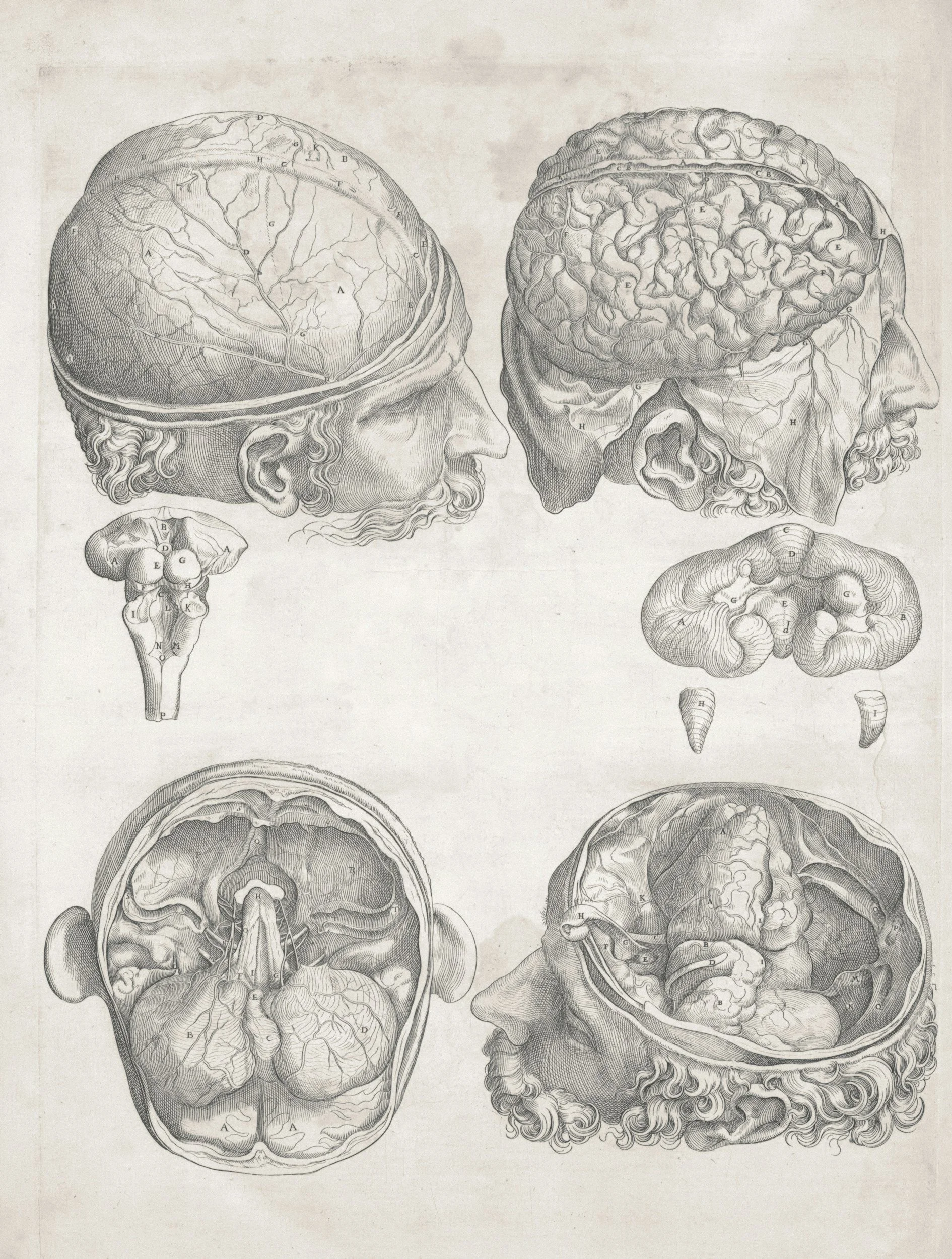
Ongoing Research
-
Prelimbic Cortex Neuronal Assemblies in Behaviors Predictive of Drug-Seeking Before and After Cocaine Self-Administration
Project Lead: Karla Galvan
“Behavioral and neural markers that predict vulnerability to cocaine use“
This project investigates how behaviors like impulsivity, distress tolerance, anxiety, and sensation-seeking predict vulnerability to cocaine use and relapse. Using calcium imaging of the prelimbic cortex in rats, we examined how neuronal activity during these behaviors relates to later drug-seeking. We found that certain traits and prelimbic activity patterns strongly predicted cocaine self-administration and reward-seeking, with notable sex differences and a decrease in distress tolerance after cocaine exposure. These findings highlight how individual behavioral and neural markers interact to shape addiction risk.
-
Investigating the Role of the Salience Network in Distress Tolerance, Cocaine Self-Administration, Impulsivity, and Anxiety-Like Behaviors
Project Lead: Marina Smoak
““Revealing how insula–prefrontal circuits link distress tolerance, anxiety, and impulsivity to addiction risk.”
This project examines how the insula–medial prefrontal cortex (INS–mPFC) pathway, a core part of the brain’s salience network, contributes to distress tolerance and its links to impulsivity, anxiety, and drug-seeking. Using calcium imaging in rats, we recorded neural activity while animals performed behavioral tasks before and after cocaine self-administration. Early findings suggest that INS–mPFC connectivity is shaped by distress tolerance and is altered following cocaine exposure, with notable sex-specific effects. This work aims to clarify how this circuit drives vulnerability to addiction.
-
Hugs Not Drugs: The Role of the Prelimbic Cortex and Dorsomedial Striatum in Costly Drug-Taking and Voluntary Abstinence
Project Lead: Peter Fogel
“Behavioral and neural predictors of drug-seeking and the influence of social rewards”
This research investigates how prelimbic cortex neurons projecting to the dorsomedial striatum (PrL-DMS) support cost- and effort-based decision-making in cocaine self-administration. Using projection-specific calcium imaging in rats, the study examines neuronal responses when rewards are paired with punishment or require increasing effort. Preliminary findings show that PrL-DMS neurons are preferentially active during high-conflict decisions, highlighting their role in tracking motivational conflict. Ongoing work explores whether these neural signatures also predict behavior in social choice contexts, providing insight into the neural mechanisms underlying vulnerability and resilience in addiction.
-
More Information Coming Soon
Project Lead: Ricardo Sosa-Jurado
-
More Information Coming Soon
Project Lead: Angelica Romero
